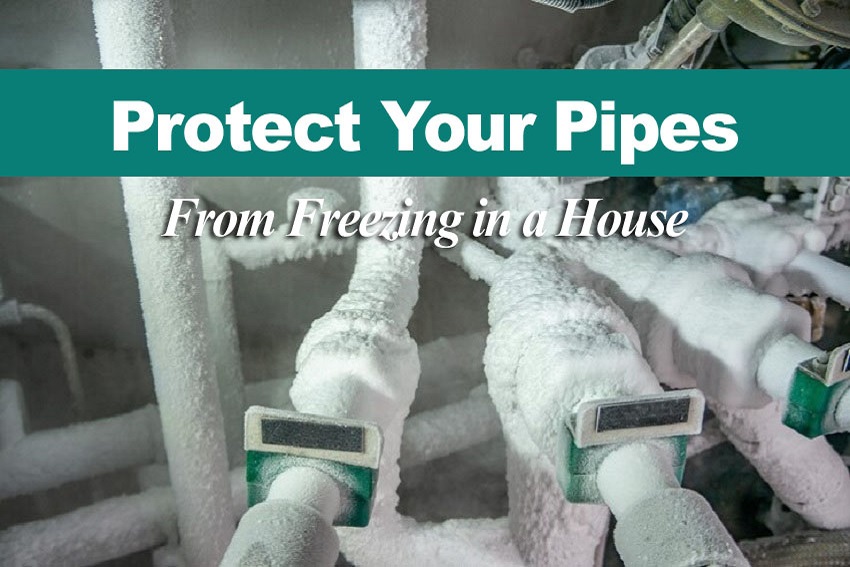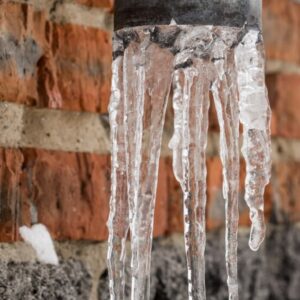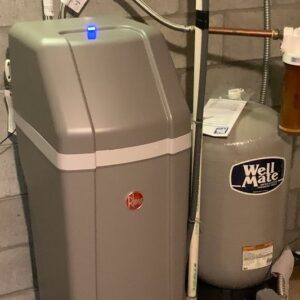As temperatures drop, the risk of frozen pipes becomes a concern for homeowners. Frozen pipes can lead to costly repairs and water damage if they burst. However, with proper precautions, you can winterize home plumbing and ensure your home stays warm and dry throughout the winter months. In this comprehensive guide, we’ll explore a variety of strategies to help you protect your pipes from freezing.
9 Simple tips to Protect / Keep pipes from freezing
1. Insulate Exposed Pipes:
- Insulation keeps pipes warm and stops them from freezing. Cover pipes in places like basements, attics, and crawl spaces where it’s not warm.
- You can use foam sleeves or insulation tape to wrap around pipes. This extra layer helps keep the cold out and the warmth in.
2. Seal Cracks and Gaps:
- Seal any cracks or gaps in walls, floors, and around pipes to prevent cold air from infiltrating your home.
- Use caulking or weather-stripping to seal gaps around windows and doors to keep cold air out and warm air in.
3. Keep Interior Temperatures Consistent:
- Maintain a consistent temperature throughout your home, especially during cold snaps. Set your thermostat to at least 55°F (12°C) even when you’re away to prevent pipes from freezing.
- Open the doors of cabinets under sinks so that warm air can move around the pipes that are next to outer walls.
4. Allow Faucets to Drip:
- When it’s very cold outside, let faucets drip a little bit to keep water moving through the pipes. Even a tiny trickle can stop pipes from freezing.
- Pay extra attention to faucets on outer walls or in parts of your home that aren’t heated.
5. Disconnect and Drain Outdoor Hoses:
- Before the onset of winter, disconnect outdoor hoses and drain any remaining water to prevent them from freezing and causing damage to outdoor faucets and pipes.
- Store hoses indoors in a garage or shed to protect them from the elements.
6. Consider Pipe Heating Cables:
- For especially vulnerable pipes, such as those located in uninsulated areas or along exterior walls, consider installing pipe heating cables.
- These cables wrap around pipes and provide a constant source of heat to prevent freezing.
7. Install a Freeze Alarm:
- Invest in a freeze alarm that alerts you if the temperature in your home drops to a dangerous level. This early warning system can help you take action before pipes freeze and burst.
8. Shut Off Exterior Water Supply:
- If you plan to be away from home for an extended period during the winter, consider shutting off the exterior water supply and draining the pipes to prevent freezing.
- Follow manufacturer instructions for properly winterizing your home if you’ll be away for an extended period.
9. Act Quickly if Pipes Freeze:
- Even if you’ve tried hard, pipes might still freeze. If you think a pipe is frozen, act fast to thaw it before it breaks.
- Use a hairdryer, lamp, or portable heater to slowly warm up the frozen part of the pipe. Never use an open flame to thaw pipes, as this can pose a fire hazard.
Conclusion on Protecting Your Pipes from Freezing
Protecting your pipes from freezing is essential for maintaining the integrity of your home’s plumbing system and avoiding costly repairs. By following these tips and taking proactive measures, you can ensure that your pipes remain intact and your home stays comfortable and safe throughout the winter season. Stay vigilant, stay warm, and keep those pipes protected!




